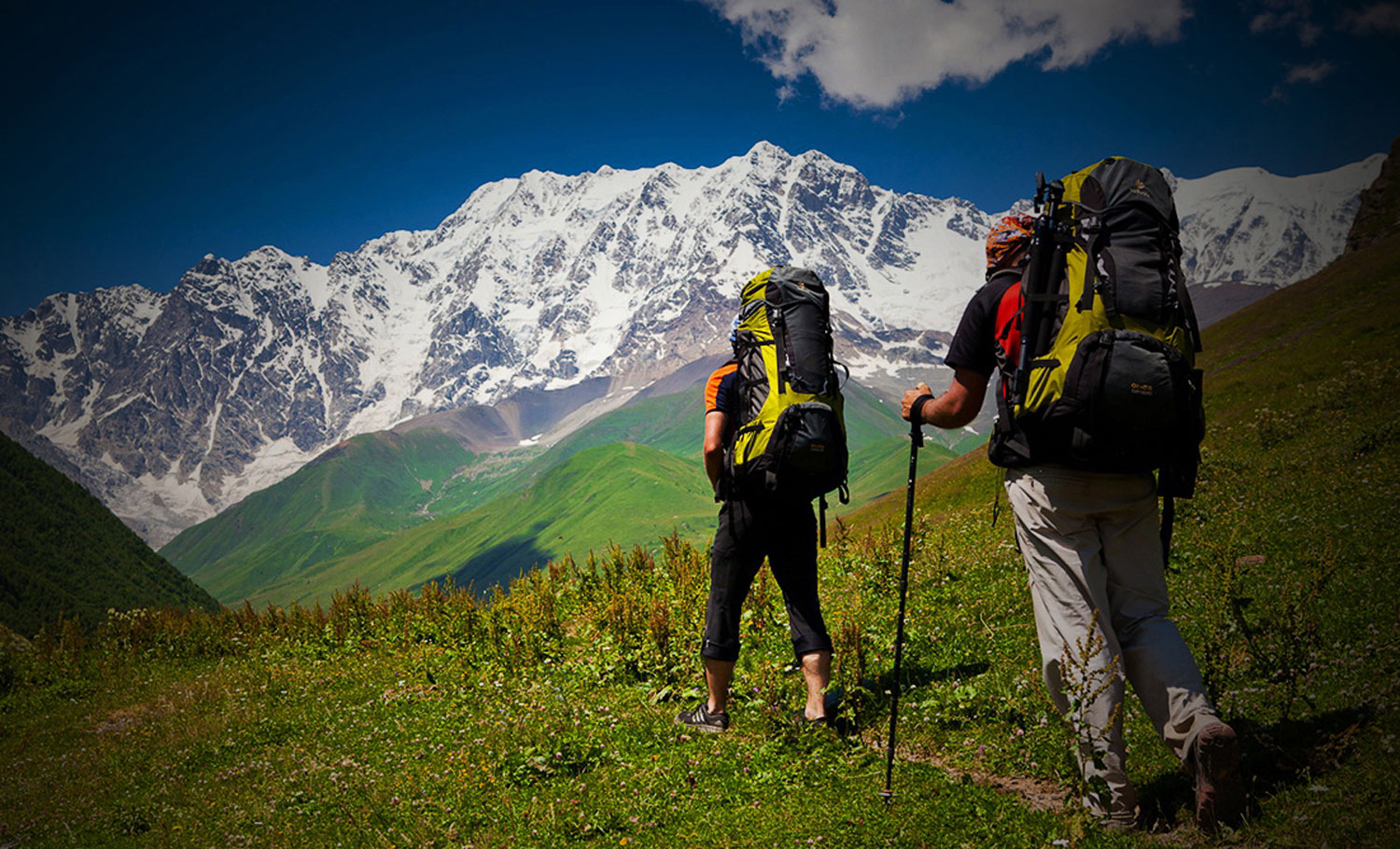The har ki doon trek, nestled in the Garhwal Himalayas of Uttarakhand, is one of the most enchanting treks for nature lovers and adventure enthusiasts. Also known as the Valley of Gods, Har Ki Doon is a cradle-shaped valley surrounded by snow-covered peaks and alpine meadows, located at an altitude of 3,566 meters (11,700 feet). This trek offers a perfect blend of beautiful landscapes, rich biodiversity, ancient villages, and cultural heritage.
Highlights of the Har Ki Doon Trek
- Location: Uttarakhand, India
- Maximum Altitude: 3,566 meters (11,700 feet)
- Trek Duration: 7 to 8 days
- Trek Distance: Approx. 50 km
- Difficulty Level: Moderate
- Best Time to Visit: April to June, September to December
Trek Overview
The trek to Har Ki Doon takes you through lush green valleys, dense forests of pine and oak, ancient villages, and snow-covered trails. The trek provides an opportunity to explore the beautiful Govind National Park, home to a wide variety of flora and fauna, including leopards, black bears, and musk deer.
Har Ki Doon is also steeped in mythology and history. It is believed to be the place from where the Pandavas ascended to heaven after the Mahabharata. The region is also dotted with ancient temples and cultural relics, offering a unique spiritual connection.
Best Time to Visit
- Summer (April to June): The valley blooms with vibrant wildflowers, and the weather is mild, making it a perfect time for the trek. The snow starts melting, and the surrounding meadows turn lush green.
- Autumn (September to December): The post-monsoon season offers clear skies and stunning views of the snow-clad mountains. The trail may have fresh snow during the later part of the autumn season, adding a magical touch to the trek.
Difficulty Level
The Har Ki Doon Trek is considered moderate, making it suitable for both beginners and experienced trekkers. The trail involves gradual ascents and descents, with some challenging sections, especially if undertaken during snow or rain. It is advisable to maintain a good level of fitness and stamina before embarking on the trek.
What to Pack
- Warm Clothing: Given the altitude and the possibility of cold nights, packing thermal layers, fleece jackets, and good quality trekking pants is essential.
- Trekking Gear: Sturdy trekking shoes with good ankle support, trekking poles, a comfortable backpack, and a headlamp.
- Personal Essentials: Water bottle, energy bars, first aid kit, sunscreen, sunglasses, and rain gear.
Flora and Fauna
The trek passes through the Govind National Park, which is rich in biodiversity. Trekkers may spot a variety of wildlife, including musk deer, langurs, and leopards. The valley is also home to several species of birds and butterflies, making it a paradise for bird watchers.
Cultural Experience
The trek offers a glimpse into the life of the local communities in the villages of Osla and Sankri. These villages are known for their unique wooden architecture, ancient temples, and rich cultural heritage. The villagers are warm and welcoming, and interacting with them provides insights into their way of life in the remote Himalayan regions.
The har ki doon trek is a mesmerizing journey that combines natural beauty, adventure, and cultural richness. From the majestic snow-clad peaks to the lush meadows and ancient villages, every step on this trek offers something special. Whether you are a seasoned trekker or a first-time adventurer, the Har Ki Doon Trek promises a fulfilling and unforgettable experience in the heart of the Himalayas.
